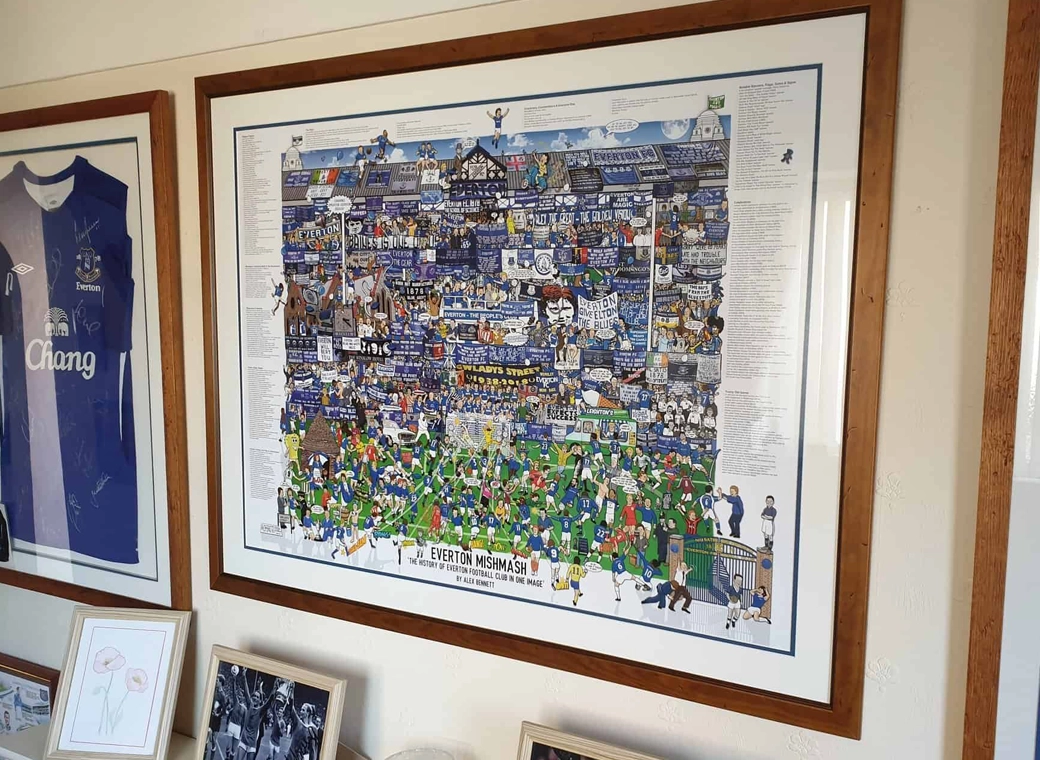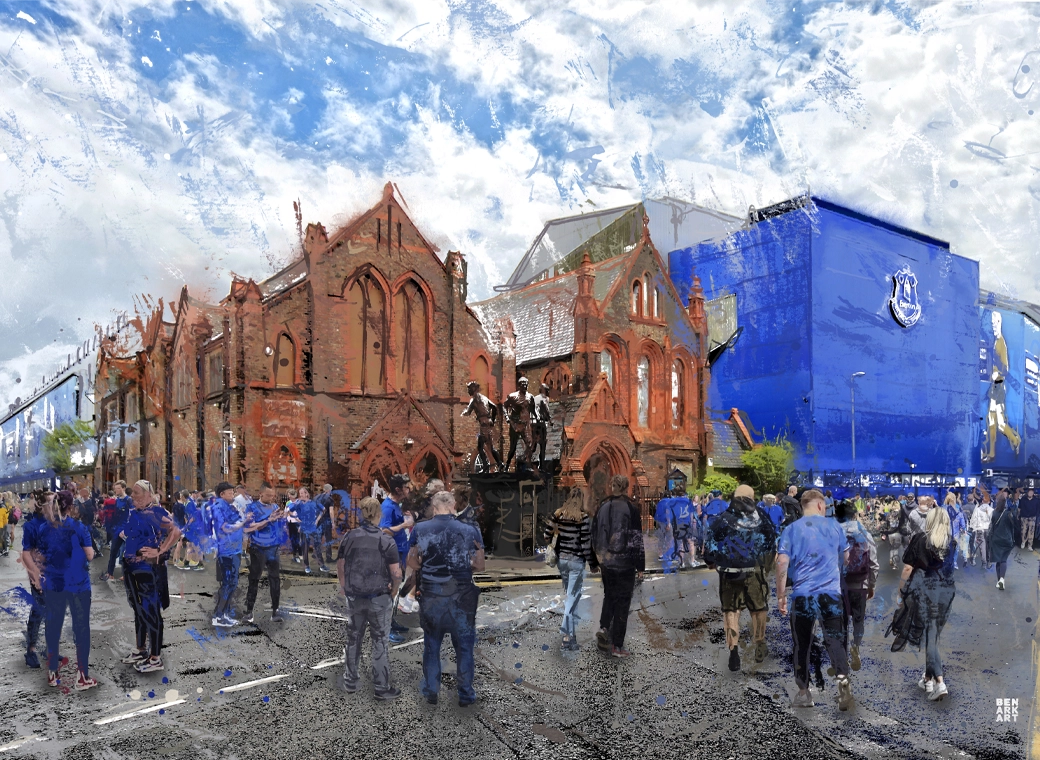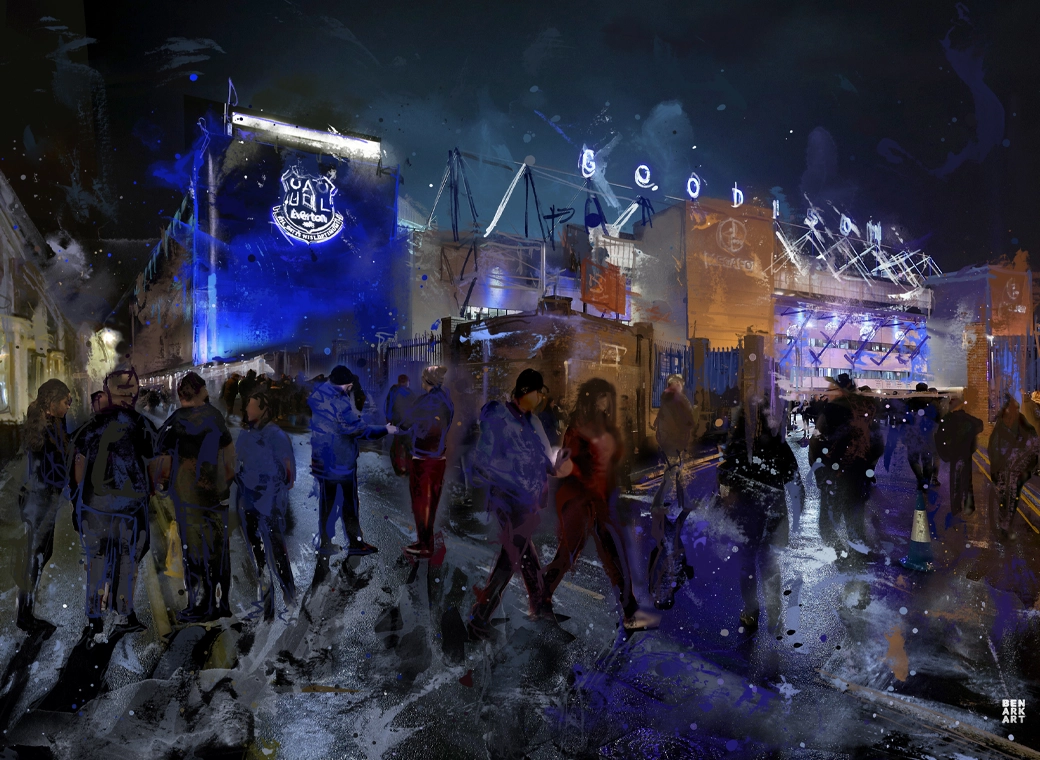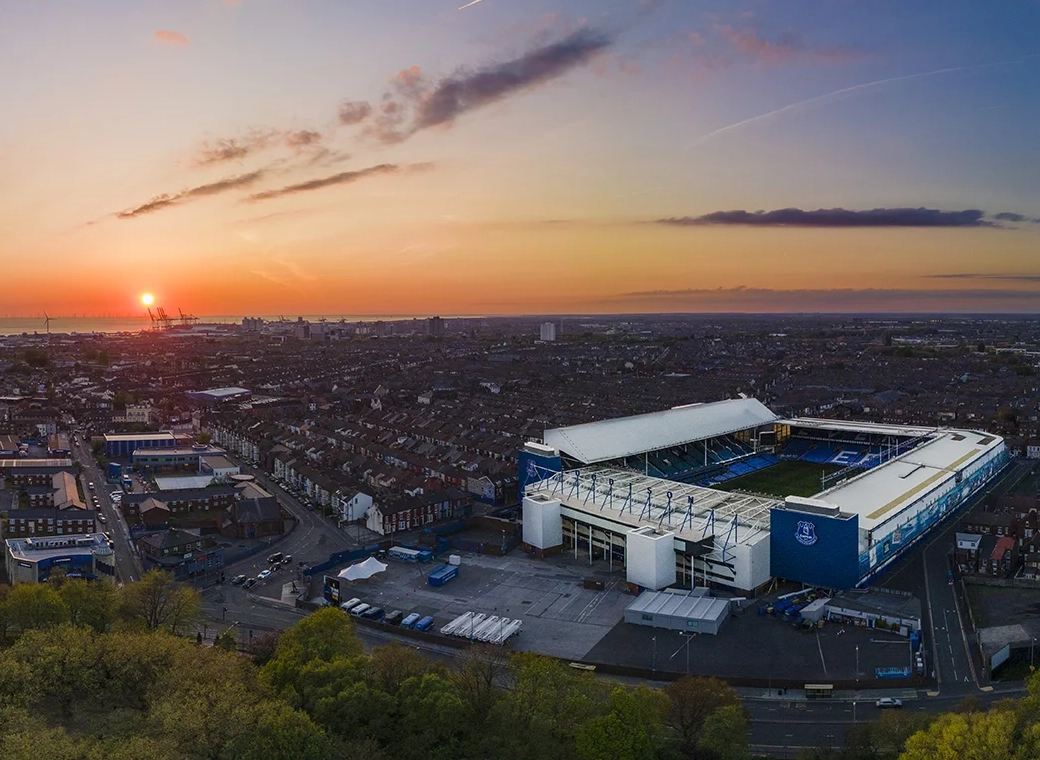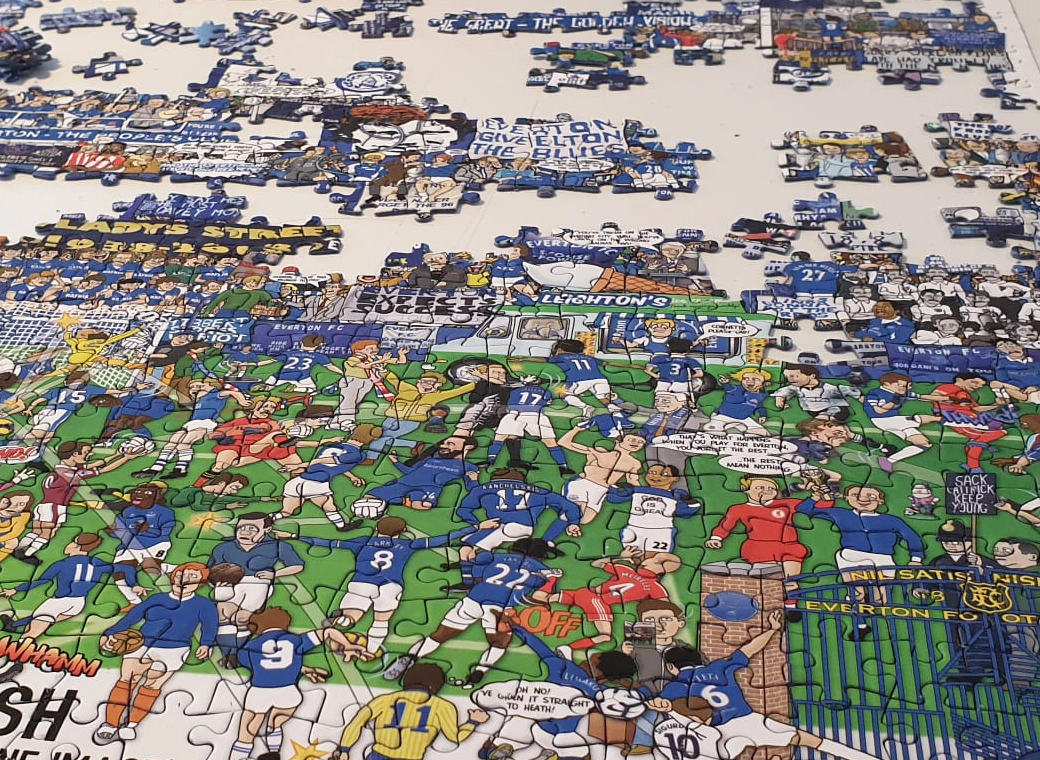Unlike pitch size, which is fixed by FIFA at 105x68m for new-builds, distances to the pitch stated by FIFA are only recommendations. So you can try to get as close as you can. The reason I think UEFA tarps off front rows is to stop people hanging banners over their pitch side advertising.
The other thing to consider, especially when looking at an architect's past work (and the new AS Roma Stadium), is that in this country we have stricter laws on how steep newly-built stands can be. I haven't got time right now to find the exact rakes allowed, but I'm certain it's less than most countries.
37.5º is the generally accepted figure. But this is in fact only a recommendation. Its all about whats called the 'C' value, and thats how they set out the rake etc of a stand. The measure of visible sight lines, ideally not below 90mm.
The steps for access and egress though, that's another thing, they cant be at a higher rake than 37.5º. There are ways around this, but they increase the cost considerably and can lead to a loss of seating area. Hence most stands following that.
When I was looking at the SupraStadio, I got it wrong by attributing the access rake to the seating rake, in which case would have made the design unworkable, however, they had got away with this by angling the steps along the steeper areas, similar to how you lower the gradient up a mountain.
Its possible we could be working to height constraints on the stadium, which those (if they exist) along with the site boundary constraints will play no small part in the seating gradient, and therefore the capacity.
Wembley for example, the low gradient of its lower tier means that a change of a few mm in the gradient would lead to the loss of a few meters at the back, the low gradient did in fact lead to staggered seats in order to maintain an acceptable 'c' value. By trying to get that amount of seats in such an area without the rake though, would have led to top tier heights that would be far from ideal.






